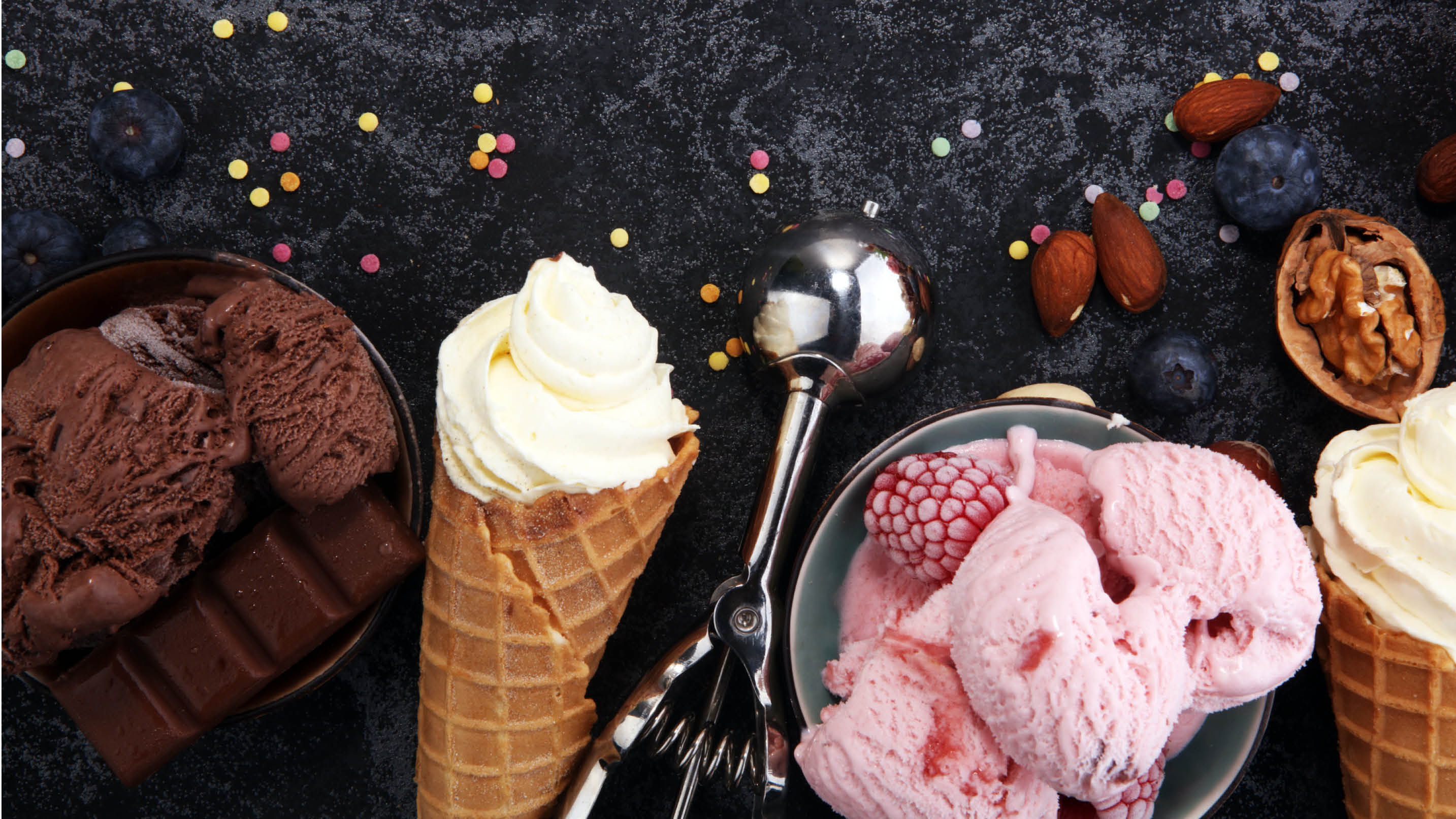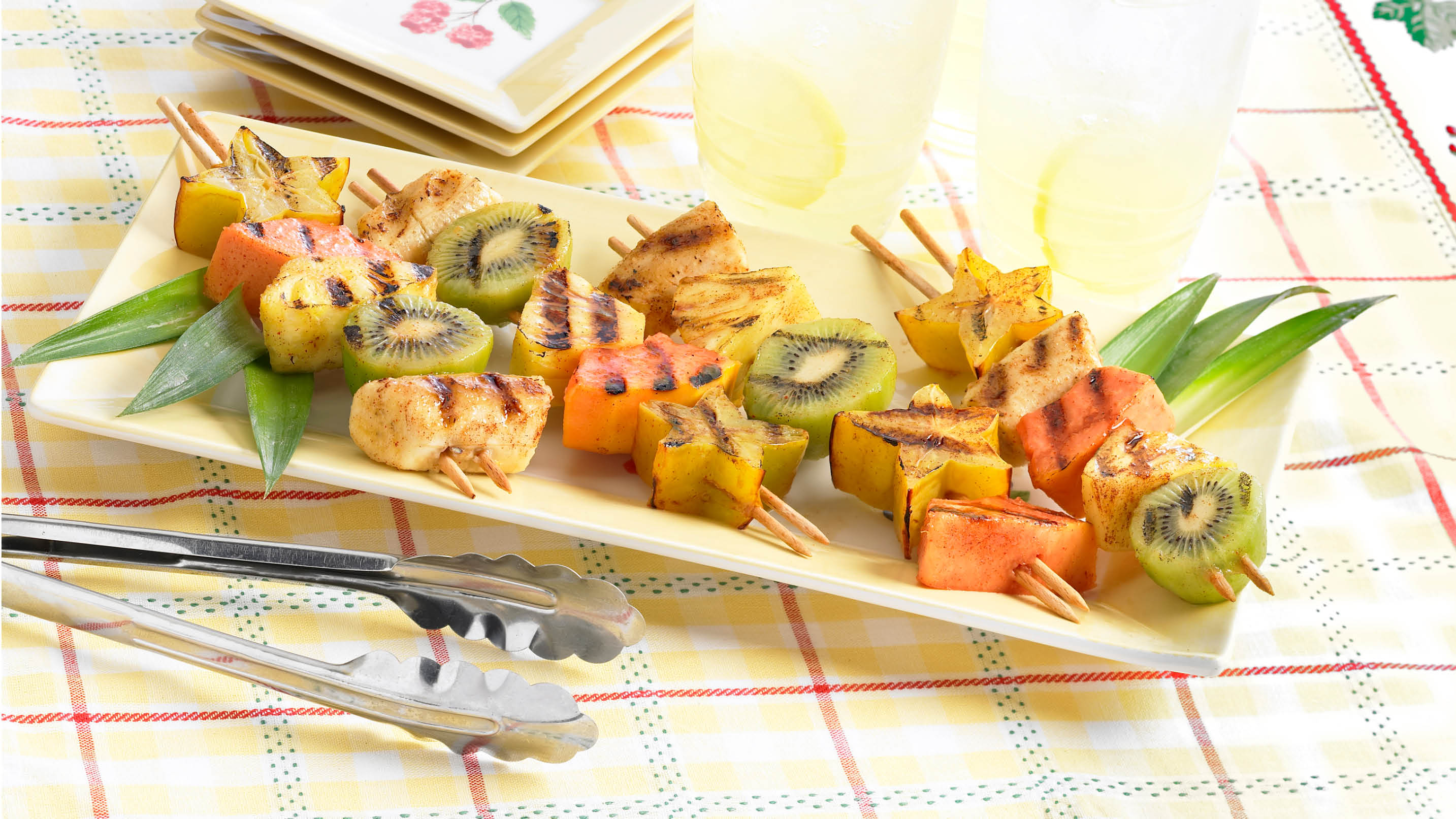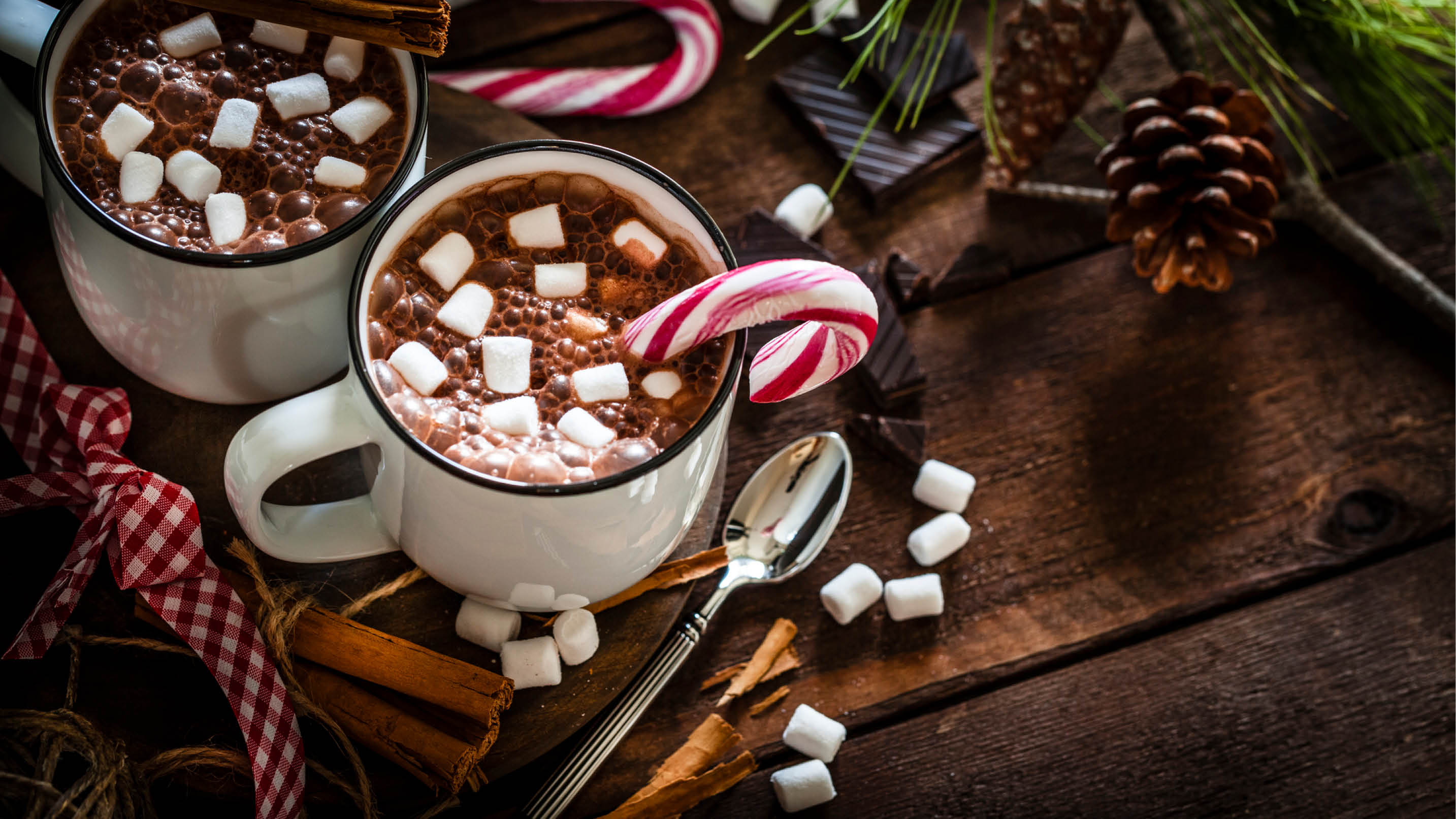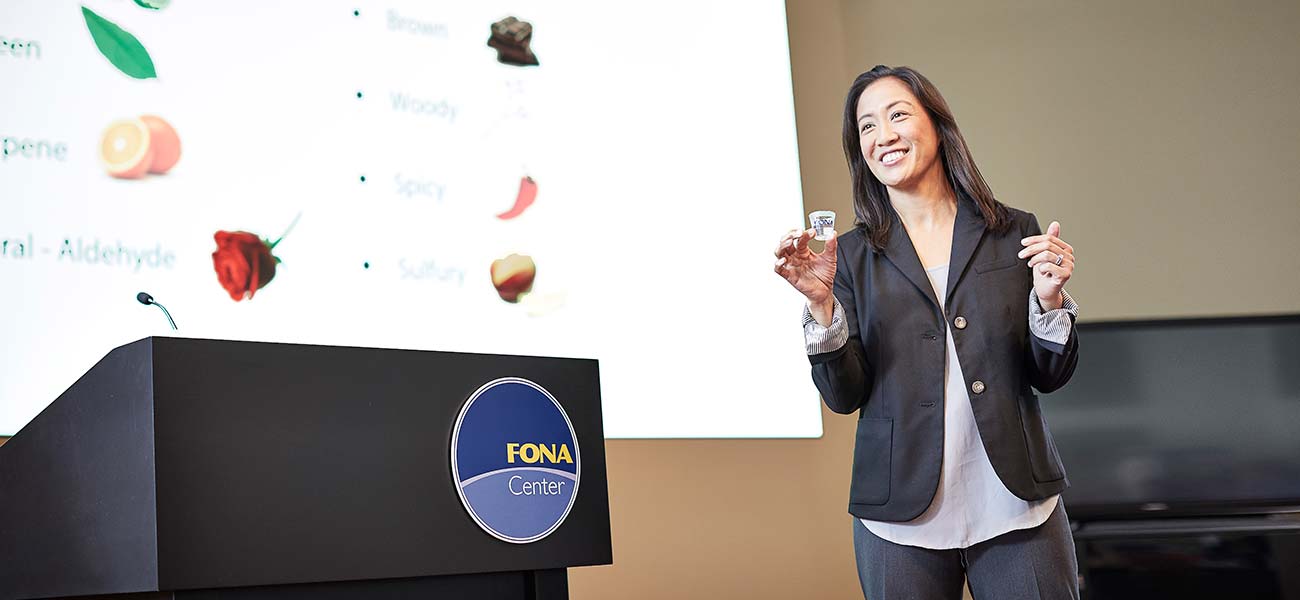A Commitment to You
Flavor First. Our goal: Be the first flavor company to ever make your job easy, and the last flavor company you’ll ever need again. At McCormick Flavor Solutions, we will work for it.
McCormick Flavor Solutions’ promise: Access to our experts, flavor that delivers and speed every step of the way is our promise to you.
Contact an Account Exec Order a sampleTrends & Insights
Insights that are actionable. Details that matter. We research and share what we find to help you focus and grow.
You have the food knowledge, now add some flavor. Highly-rated. Tuition-free. Non-commercial. Flavor science education to help you work smarter.
Learn More






